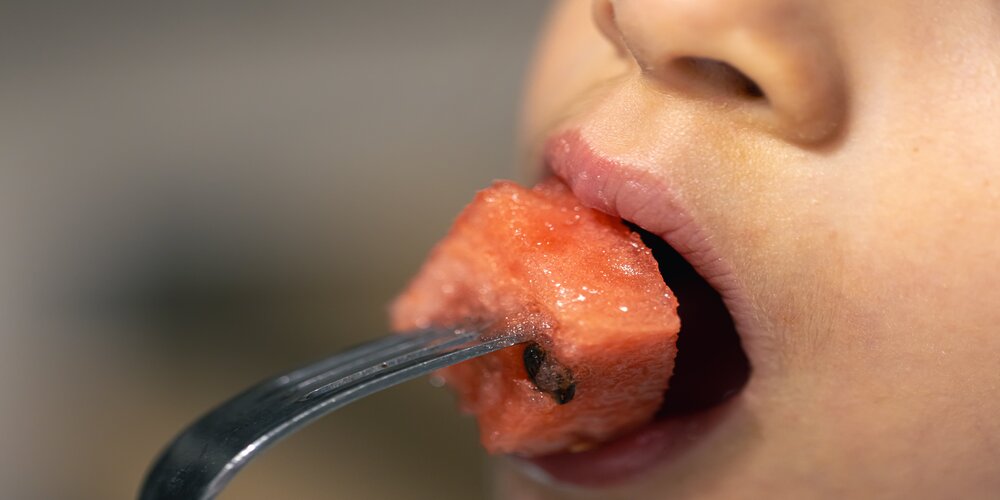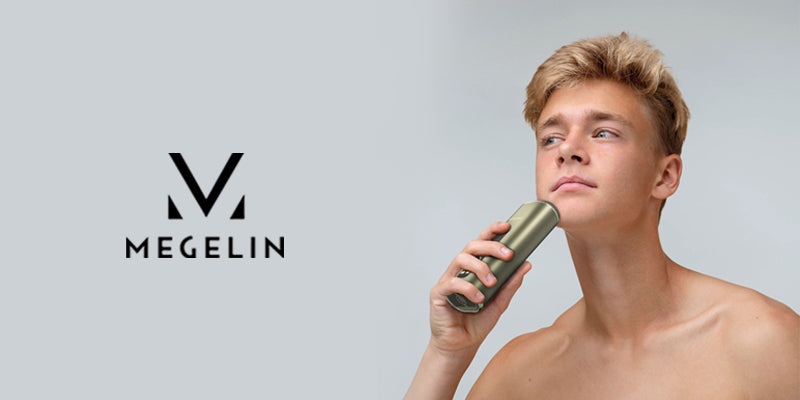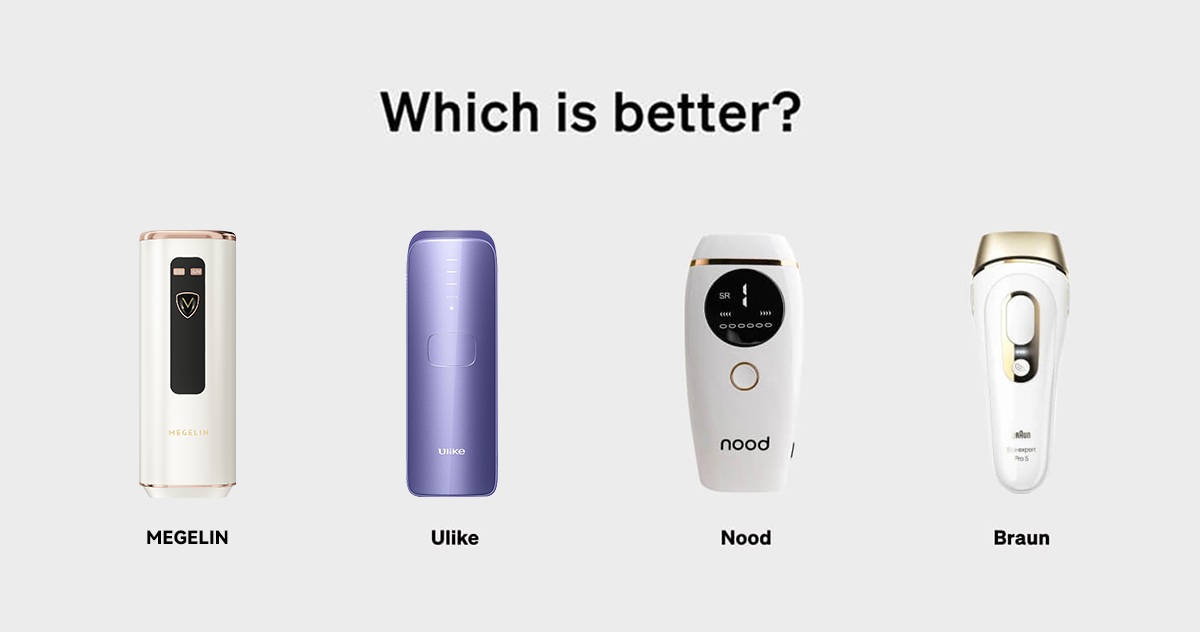
Red Light Therapy for Cold Sores: Myths vs. Facts
2MegelinExploring innovative treatments for common ailments has led to significant breakthroughs in medical technology, especially in dermatology. Red light therapy for cold sores has emerged as a promising non-invasive treatment. Cold sores, caused by the oral herpes virus, cause discomfort and affect appearance and self-esteem. The search for effective pain relief and wound healing solutions has put red light therapy in the spotlight, offering skin rejuvenation and rapid healing without the side effects of traditional medications.
This article aims to demystify the myths and facts about red light therapy for cold sores, examining its benefits, safety, and treatment protocols. From the causes of oral herpes to using red light therapy devices (LED devices) for cold sores, readers will gain comprehensive insights into this treatment. Additionally, the discussion will cover the efficacy of red light cold sore treatment in reducing healing time and preventing future outbreaks, empowering individuals to make informed health decisions.
What Are Cold Sores and Their Causes?
Cold sores, also known as fever blisters, are caused by the herpes simplex virus (HSV), appearing primarily on the lips and surrounding areas as small, fluid-filled lesions. These blisters often cluster together and, once broken, form a crust that heals within 2 to 3 weeks without scarring [1]. HSV-1 is typically responsible for cold sores around the mouth, while HSV-2 more commonly causes genital herpes, though both types can affect either area [1] [2].
HSV-1 and HSV-2
The transmission of HSV occurs through direct contact with infected bodily fluids or lesions. HSV-1 is often contracted during childhood and can spread non-sexually through shared utensils or personal items, and through saliva via kissing. HSV-2 is primarily transmitted through sexual contact, including oral, vaginal, and anal sex. It's important to note that both HSV-1 and HSV-2 can remain dormant in the body, reactivating and causing new outbreaks in response to triggers such as stress, illness, or sun exposure [1] [2].
Symptoms and Triggers
Initial symptoms of a cold sore may include fever, sore throat, and swollen lymph nodes, often before the sore itself appears. Recurrent episodes of cold sores might occur at the same site and are generally less severe than the initial outbreak. Triggers that can activate the dormant virus and lead to an outbreak include fever, hormonal changes (like those during menstruation), stress, fatigue, and physical damage to the lips or surrounding skin [1] [3].
Children under five years old may present with cold sores inside their mouths, which are sometimes confused with canker sores. However, unlike canker sores, cold sores are caused by the HSV and involve the mucous membrane [1].
Benefits of Red Light Therapy for Cold Sores
Red light therapy offers significant benefits for individuals suffering from cold sores, primarily through enhancing healing speeds and reducing recurrence rates. Studies have demonstrated that this treatment can shorten the healing time of herpes cold sores from an average of seven days to just five days [4]. Furthermore, consistent use of red light therapy has been shown to decrease the likelihood of future outbreaks, particularly when applied daily for periods of ten days [4].
Mechanism of Action
The efficacy of red light therapy in treating cold sores stems from its ability to reduce inflammation and promote wound healing. This therapy enhances collagen production and increases the production of adenosine triphosphate (ATP), which energizes the cells and boosts immune system performance [5]. The specific wavelengths, typically between 600nm to 850nm, penetrate the skin to stimulate the mitochondria, enhancing cellular energy and promoting faster recovery of the affected areas [5].
Scientific Studies and Results
Research indicates that the most effective use of red light therapy involves its combination with antiviral treatments. One review highlighted the benefits of using a red light laser with a wavelength of 635 nm in conjunction with daily applications of antiviral creams containing acyclovir, starting treatment within the first 24 hours of an outbreak [4]. This combination has been found to be particularly effective, underscoring the importance of integrating red light therapy with conventional medical treatments for optimal results.
Moreover, the anti-inflammatory properties of red light therapy contribute to a reduction in swelling and discomfort associated with cold sores, thus providing not only faster healing but also a more comfortable recovery process [5].
How to Use Red Light Therapy for Cold Sores
Devices and Methods
Red light therapy devices come in various forms, including handheld and wearable options, catering to different preferences and lifestyles. Handheld devices are compact and portable, allowing for targeted treatment of cold sores wherever and whenever needed. They often feature an ergonomic design and simple one-button operation, making them intuitive and easy to use. Wearable devices offer a hands-free option, allowing for continuous treatment while engaging in daily activities, ensuring consistent and hassle-free application [6].
Treatment Protocols
To achieve optimal results, specific treatment protocols should be followed. For acute outbreaks, it is recommended to use a red light therapy device with a wavelength of 1072 nm, applying pulsed light three times a day for three minutes each session. This regimen should be started within the first 24 hours of symptom onset to maximize effectiveness. For prevention of recurrent episodes, daily treatments for ten days using devices that combine red light at 660nm and near-infrared light at 850nm have been shown to significantly reduce the likelihood of future outbreaks [4] [6].
Furthermore, combining red light therapy with topical antiviral treatments enhances outcomes. A typical protocol involves applying a red light laser with a wavelength of 635 nm and power between 15 mW/cm2 to 25 mW/cm2 for five minutes daily, coupled with antiviral creams containing acyclovir [4]. This integrated approach not only speeds up healing times but also mitigates pain and reduces the duration of symptoms [7].
Conclusion
Throughout the discussion, we've navigated the significant benefits and the scientific backing behind red light therapy as a non-invasive, innovative treatment for cold sores. It’s clear from current research that this method not only accelerates the healing process but also plays a crucial role in reducing the likelihood of future outbreaks, offering a blend of rapid relief and preventive care. By delving into the causes and symptoms of cold sores, along with a detailed exploration of how red light therapy works, we've equipped readers with essential knowledge to make informed decisions about managing cold sores effectively.
In embracing the integration of red light therapy with traditional treatments, individuals have at their disposal a powerful tool against the discomfort and stigma associated with cold sores. While further research could unveil even more about its potential, current findings underscore its value not only as a treatment option but as a leap forward in dermatological care. With this insight, those affected by cold sores are better positioned to not only treat these lesions more efficiently but also to regain confidence in their appearance and well-being, marking a significant advance in both personal health management and the broader field of dermatological innovation.
FAQs
1. Can red light effectively treat cold sores?
Yes, red light can be effective in treating cold sores. By applying red light to the affected area for three minutes, three times a day over two days, you can reduce the healing time by 2-3 days. Additionally, studies indicate that red light therapy can decrease the frequency of symptom outbreaks.
2. What is the efficacy of red light therapy in medical treatments?
Red light therapy has been found to be beneficial as a short-term treatment for pain and morning stiffness in patients with rheumatoid arthritis, according to a review of studies. However, it appears to be less effective for other types of arthritis, such as osteoarthritis.
3. What is the Mayo Clinic's stance on red light therapy?
The question does not provide an answer regarding the Mayo Clinic's views on red light therapy. For the most accurate and updated information, it is recommended to visit the Mayo Clinic's official website or consult healthcare professionals.
4. Are there effective treatments for cold sores?
Yes, the cold sore ointment docosanol (Abreva) is known to help shorten the healing time of cold sores. It should be applied at the first sign of symptoms according to the directions on the package. Use a cotton-tipped swab to apply the medicine to avoid spreading the sores to other parts of your body.
References
[1] - https://www.mayoclinic.org/diseases-conditions/cold-sore/symptoms-causes/syc-20371017
[2] - https://www.betterhealth.vic.gov.au/health/conditionsandtreatments/cold-sores
[3] - https://my.clevelandclinic.org/health/diseases/21136-cold-sores
[4] - https://www.goodrx.com/conditions/cold-sores/red-light-therapy-cold-sores
[5] - https://carbonwellnessmd.com/blogs/red-light-therapy/is-red-light-therapy-effective-for-cold-sores
[6] - https://www.lighttreeventures.com/post/effective-management-of-cold-sores-with-light-therapy
[7] - https://www.laserglowspa.com/products/cold-sore-red-light-therapy










